Summary
The ideal streamflow range for this run is between 100 to 400 cfs. This run is rated as a Class IV whitewater run and spans over a distance of 5 miles. The run is characterized by challenging rapids, including the Class V "Toilet Bowl" rapid and the Class IV "S-Turn" rapid.
Access to the Spring Creek run is regulated, and paddlers must obtain a permit from the Bureau of Land Management (BLM) to access the river. The BLM also enforces regulations, including a limit on the number of paddlers allowed on the river at any given time. Additionally, all paddlers must wear personal flotation devices and helmets while on the river.
Overall, the Spring Creek run is a challenging and rewarding whitewater experience for experienced paddlers. It offers breathtaking scenery and a range of rapids that will test even the most skilled paddlers. However, it is important to respect the regulations in place and to exercise caution while on the river to ensure a safe and enjoyable experience.
 Dolores River At Bedrock
Dolores River At Bedrock
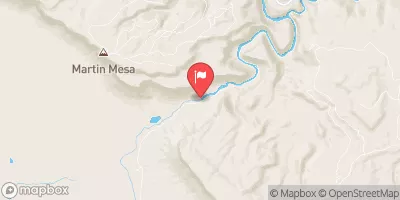 Dolores River Near Bedrock
Dolores River Near Bedrock
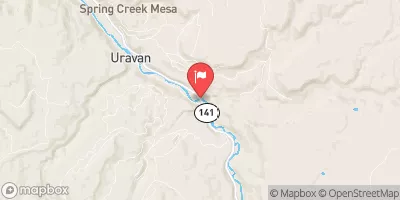 San Miguel River At Uravan
San Miguel River At Uravan
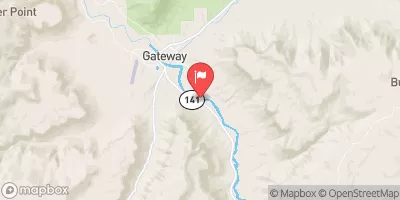 Dolores River Near Gateway
Dolores River Near Gateway
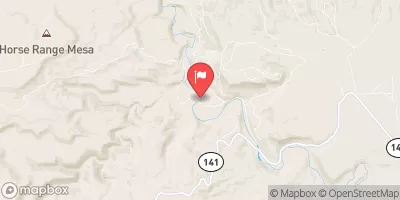 Dolores River Near Slick Rock
Dolores River Near Slick Rock
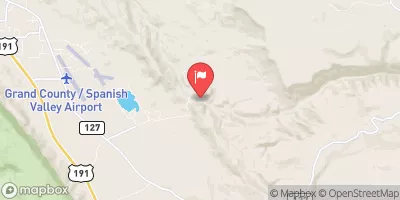 Mill Creek At Sheley Tunnel
Mill Creek At Sheley Tunnel
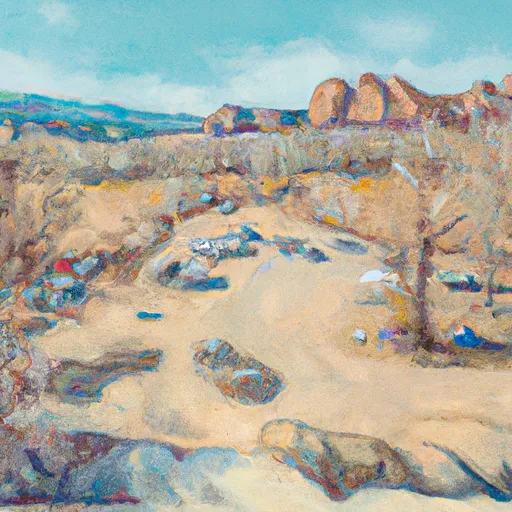 Buckeye
Buckeye
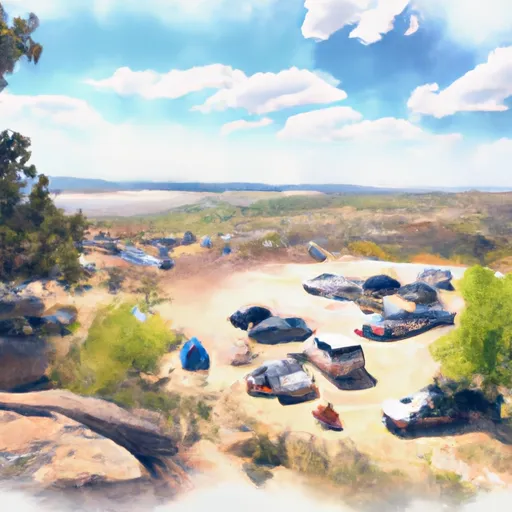 Buckeye Recreation Area
Buckeye Recreation Area
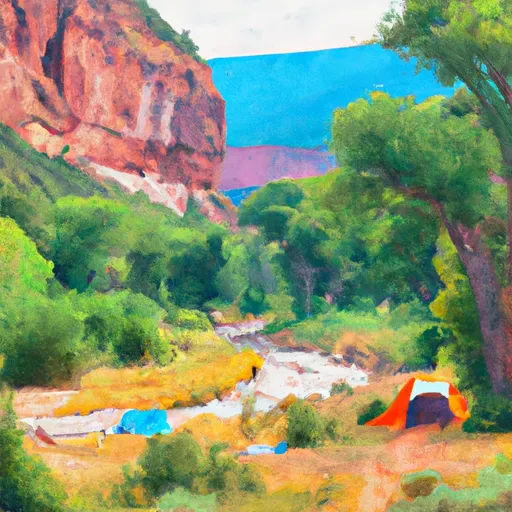 Dolores River Camp 4
Dolores River Camp 4
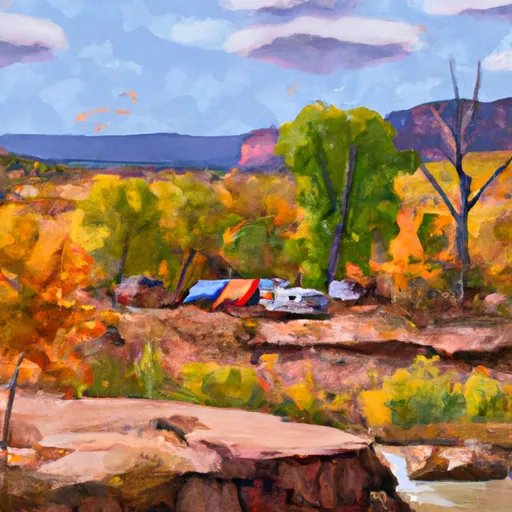 Dolores River Camp 5
Dolores River Camp 5
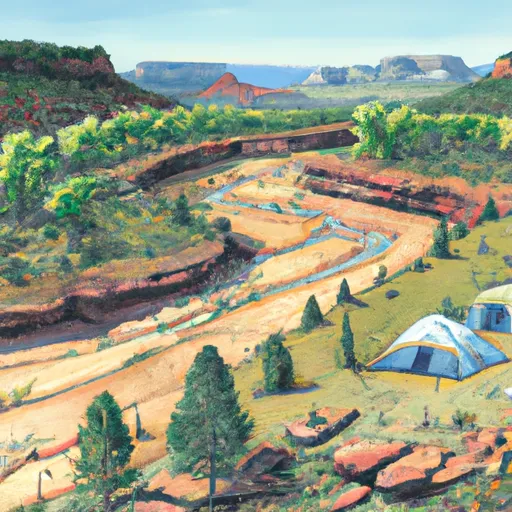 Dolores River Camp 2
Dolores River Camp 2
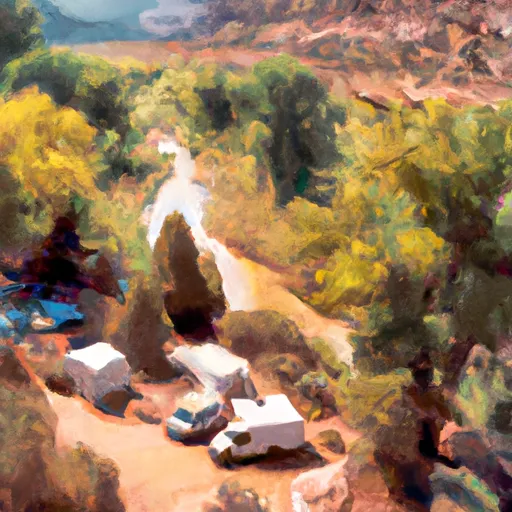 Dolores River Camp 1
Dolores River Camp 1


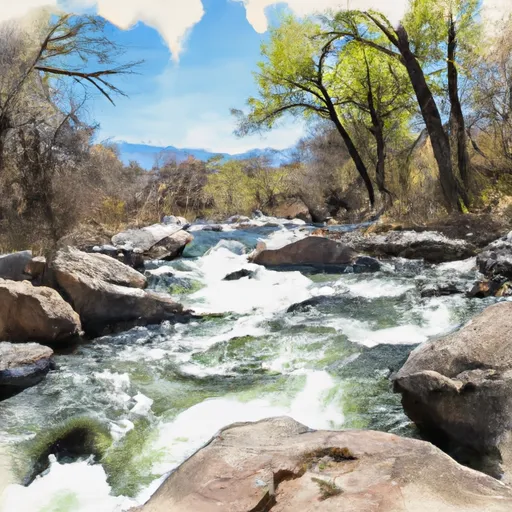 Spring Creek
Spring Creek
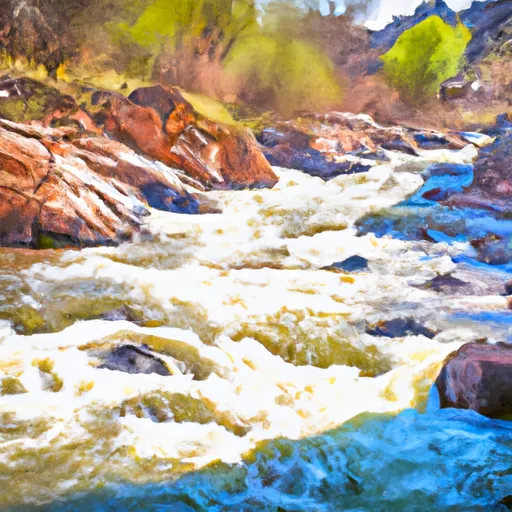 Lion Creek Segment 2
Lion Creek Segment 2
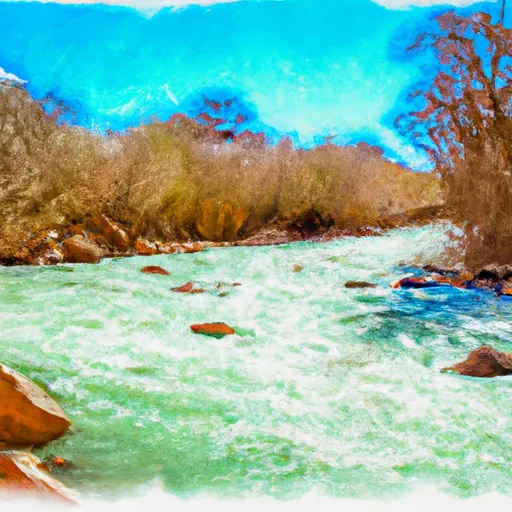 La Sal Creek Segment 2
La Sal Creek Segment 2
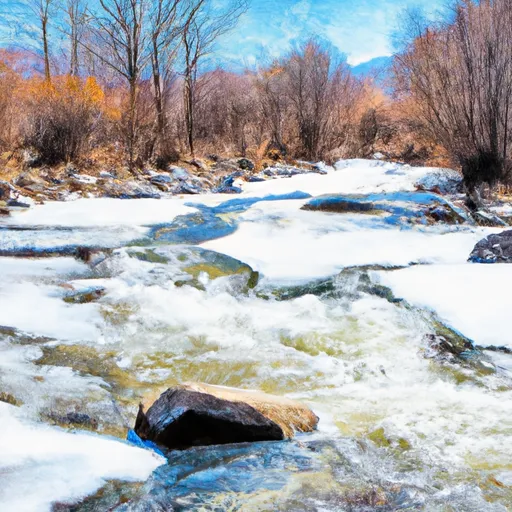 Ice Lake Creek Segment 2
Ice Lake Creek Segment 2
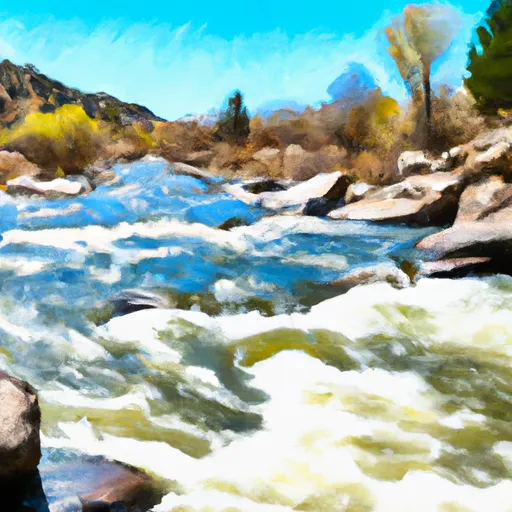 Lion Creek Segment 1
Lion Creek Segment 1
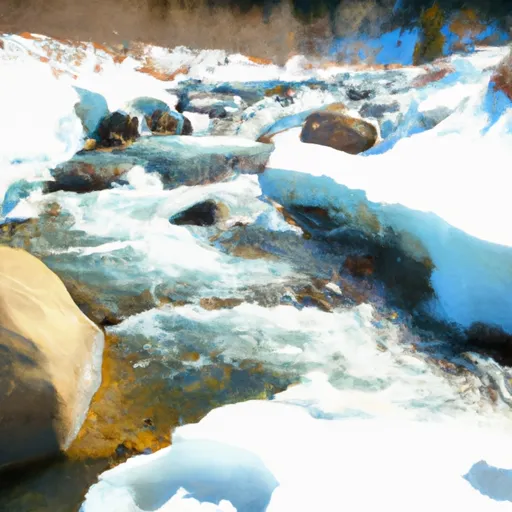 Ice Lake Creek Segment 1
Ice Lake Creek Segment 1